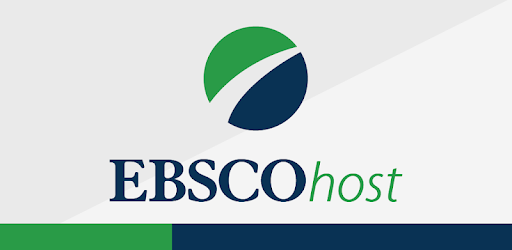SETTING THE BOUNDARIES OF INDIVIDUAL REPRODUCTIVE AUTONOMY
THE CASE OF ARTIFICIAL WOMB
DOI:
https://doi.org/10.32890/uumjls2022.13.2.1Keywords:
Bioethics, medical ethics, individual reproductive autonomy, artificial womb, ectogenesisAbstract
Artificial womb or ectogenesis may sound like science fiction at present. Nevertheless, research on this technology is moving rapidly
and it is anticipated to be ready for human testing in years to come. Although not yet a reality, early discussion on the legal and ethical
ramifications of this technology should be encouraged as to ensure that the law is moving side by side with the scientific developments. Therefore, this article undertakes the challenge of identifying and presenting the potential implications of ectogenesis to women, embryos, and society, with special reference to the legal and social backgrounds in Malaysia. The analysis began by applying the theory of individual reproductive autonomy that is commonly relied upon in arguments for the use of assisted reproductive technologies. It is argued that reliance on the notion of individual reproductive autonomy permits the use of ectogenesis provided that no harm is caused to others. Following that, the possible harms or concerns surrounding ectogenesis were carefully presented. This article concluded that more detailed deliberations on the use of ectogenesis are required before an affirmative legal stance can be reached on its permissibility. This article is significant as it paves the way for more research in this area particularly from the Malaysian perspective.
























